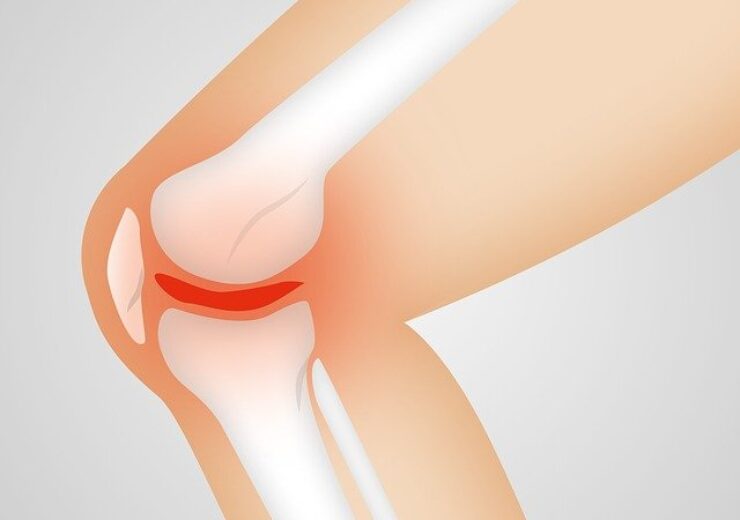The US FDA approved OPRA Implant System after the review of the device under its Premarket Approval (PMA) pathway

FDA approves OPRA Implant System. (Credit: naturwohl-gesundheit from Pixabay.)
Sweden-based Integrum has received the US Food and Drug Administration (FDA) approval for its Osseoanchored Prostheses for the Rehabilitation of Amputees (OPRA) Implant System.
The regulatory approval follows the review of OPRA Implant System by the US FDA under its Premarket Approval (PMA) pathway.
OPRA is the first implant system in the US that addresses rehabilitation problems in adults who have transfemoral or above-the-knee amputations, who cannot use a conventional socket prosthesis, said the company.
FDA’s Center for Devices and Radiological Health’s Office of Orthopedic Devices director Raquel Peat said: “Today’s approval of the OPRA Implant System expands options for prostheses for individuals who have had above-the-knee amputations and can help those who have had or may have problems with rehabilitation and have not been able to benefit from available socket prostheses.
“Prostheses can help people who have lost a leg due to trauma or cancer to regain mobility and to more easily participate in everyday activities.”
Integrum’s OPRA Implant System surgically anchors into the remaining thigh bone
According to the company, conventional leg prosthesis leverages a specially-fitted, cup-shaped socket that conforms with the remaining portion of the patient’s leg, to help the implant reach the target region on the leg.
In some patients, residual limb may not be adequate to accommodate the socket prosthesis or may have scarring, pain, recurrent skin infections or fluctuations in residual limb that prevent the use of a prosthesis with socket.
Integrum said that its OPRA Implant System is designed to be surgically anchored and integrated into the patient’s remaining thigh bone to provide the contact with an external prosthetic limb.
The device has been marketed under a humanitarian device exemption granted in 2015.
Installation of the system involves two surgical procedures, where the first procedure is performed to implant a cylinder-shaped fixture into the central canal of the remaining thigh bone.
A second surgery is performed after nearly six months, when adequate tissue is accumulated to hold the fixture, to attach additional device components of the OPRA Implant System.
After the second surgery, patients require a six-month training and rehabilitation from a trained physical therapist, to gradually place weight on the OPRA Implant System using a training prosthesis.
The US regulatory agency has evaluated the safety and effectiveness of OPRA system in a clinical study that enrolled 65 participants.
In the study, OPRA system resulted in an average improvement in the prosthetic use score of 35.1 points on a 100-point scale, at two years and 39.6 points at five years, compared to a conventional socket prosthesis.
The adverse events reported in the study include infection, mechanical complications, pain, injury and loosening of the fixture.
